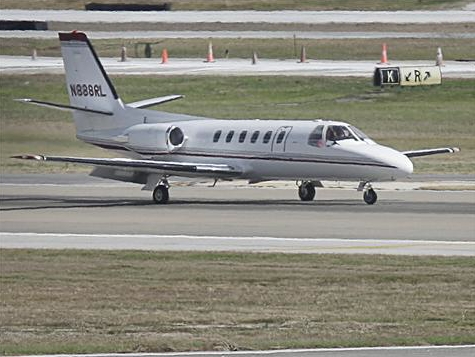SANTA MONICA — There are fourteen candidates for just three seats on the Santa Monica city council. There are a multitude of federal, state, and local offices. There are even some controversial statewide ballot questions. But the one issue that seems to be most visible on the streets of this coastal city of some 90,000 inhabitants is the fate of the Santa Monica Airport, or SMO, a small municipal and charter airport facility.
The city is required, as per an agreement in 1948, to maintain SMO as an airport. Yet Santa Monica’s most politically active residents have long intended to transform the large land parcel, which is surrounded by residential areas, into a park. Already, a substantial portion of the area is used for municipal purposes, such as a park and a small business development center. Santa Monica College also has a campus at the airport.
There are broader political agendas at play. Santa Monica’s active environmentalist cadre sees the airport as a battleground in the fight against climate change. In addition, a new left-wing group, Residocracy, has formed in opposition to development projects of all kinds in the city. These activists have teamed up with local residents–many of whom bought cheaply near the airport and hope to sell dearly near a park–to oppose the airport.
The airport has its defenders–more than the special interests and celebrity pilots who want to keep SMO in operation for their own commercial or personal benefit. A broad section of the public sees the airport as part of the city’s civic identity. In addition, the FAA uses SMO as a relief airport for small aircraft that may otherwise land at LAX. A study commissioned by the city found that the airport generated $275 million for the local economy.
Since the current operating agreement between the FAA and the city runs out in 2015, local activists–who have strong support on the current city council–see an opportunity to close the airport. In anticipation, pro-airport groups launched a successful signature drive earlier this year to put Measure D on the local ballot. Measure D would require any major change to the Santa Monica airport to be put to the voters before moving forward.
Opponents of the airport launched Measure LC, which effectively nullifies Measure D. It does not close the airport, but might make that closure possible, at least theoretically, barring federal objections and private legal challenges. Of the 14 city council candidates, only two–Whitney Scott Bain and Terence Later–support Measure D. The rest are opposed to the airport and are in favor of Measure LC, aligning with the activists.
Though Measure D proponents have raised hundreds of thousands of dollars for their cause, the campaign for Measure LC is more visible. The latter certainly has political momentum at its back: the Residocracy managed to overturn a large multi-use development plan for another part of the city earlier this year. Each side charges that the other is backed by corrupt cronies: Measure LC’s backers say, plausible, that Measure D is bankrolled by special interests; Measure D proponents counter that Measure LC’s supporters wish to give away generous parcels of airport land to their own development cronies (also plausible). In the end, turnout will decide.
Regardless, the best case for Measure D is a probably the simplest, conservative one: SMO has been with the city since before almost everyone who will vote Nov. 4., and once removed, it can never be restored again.
Senior Editor-at-Large Joel B. Pollak edits Breitbart California and is the author of the new ebook, Wacko Birds: The Fall (and Rise) of the Tea Party, available for Amazon Kindle.
Follow Joel on Twitter: @joelpollak
This post has been updated.
Photo: AP/File

COMMENTS
Please let us know if you're having issues with commenting.